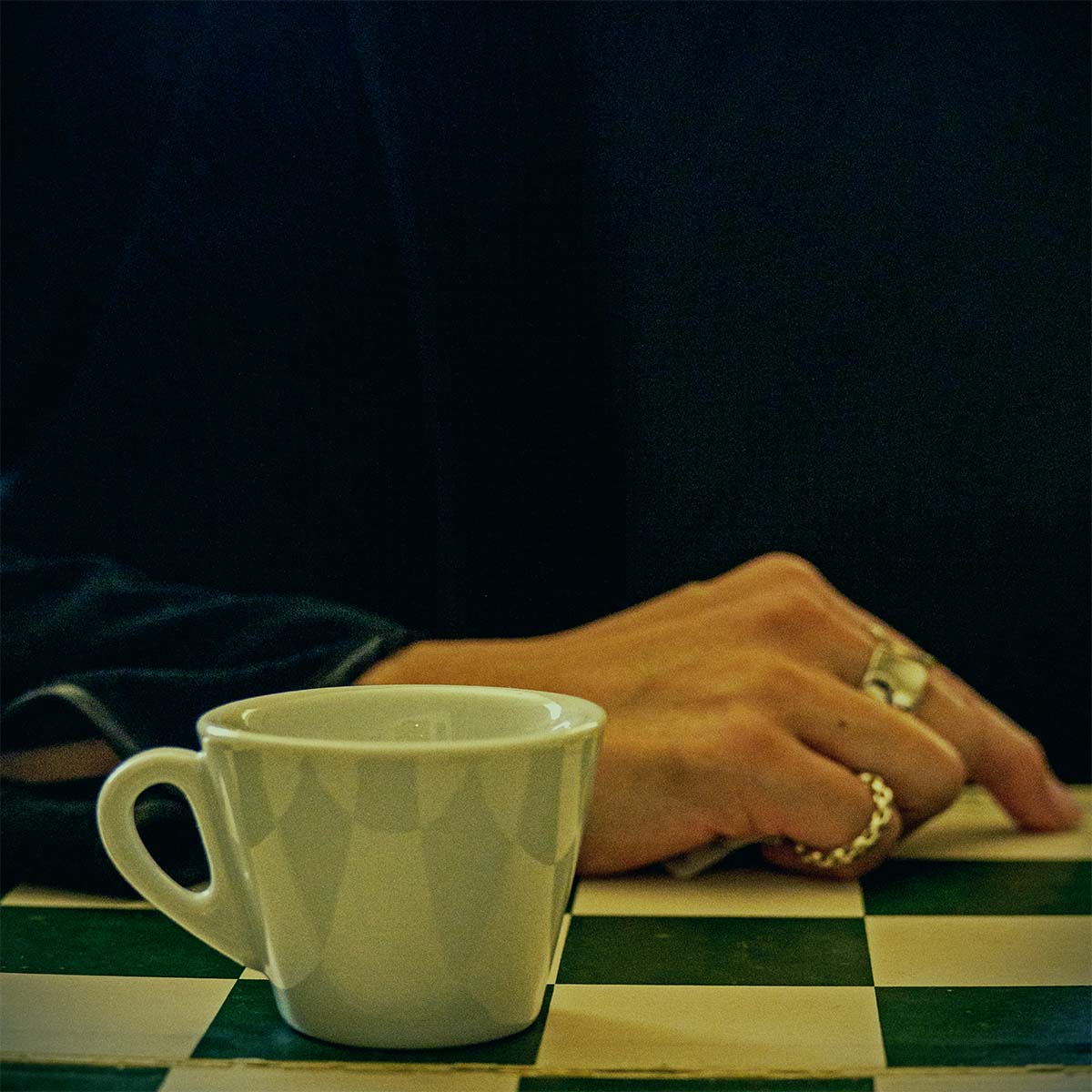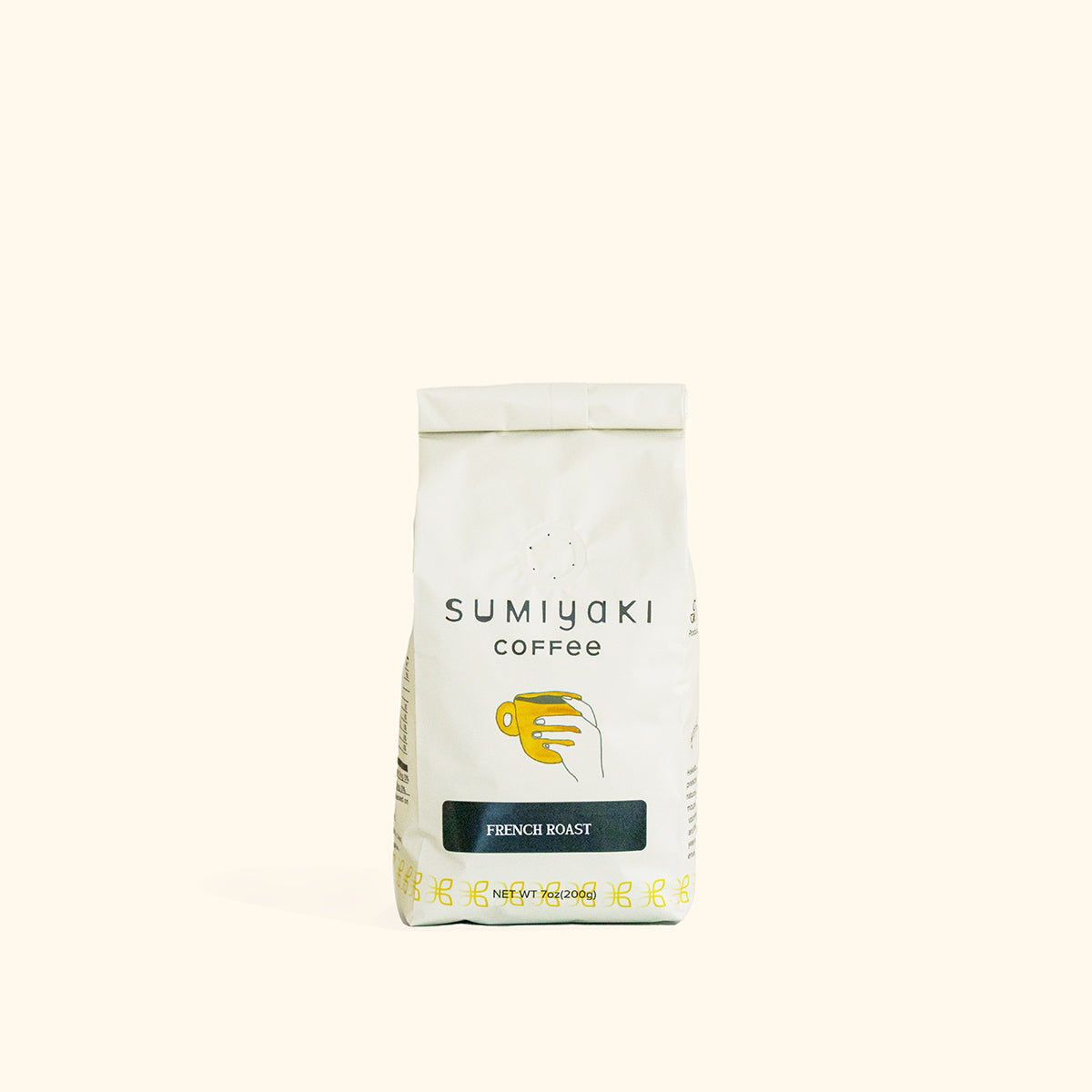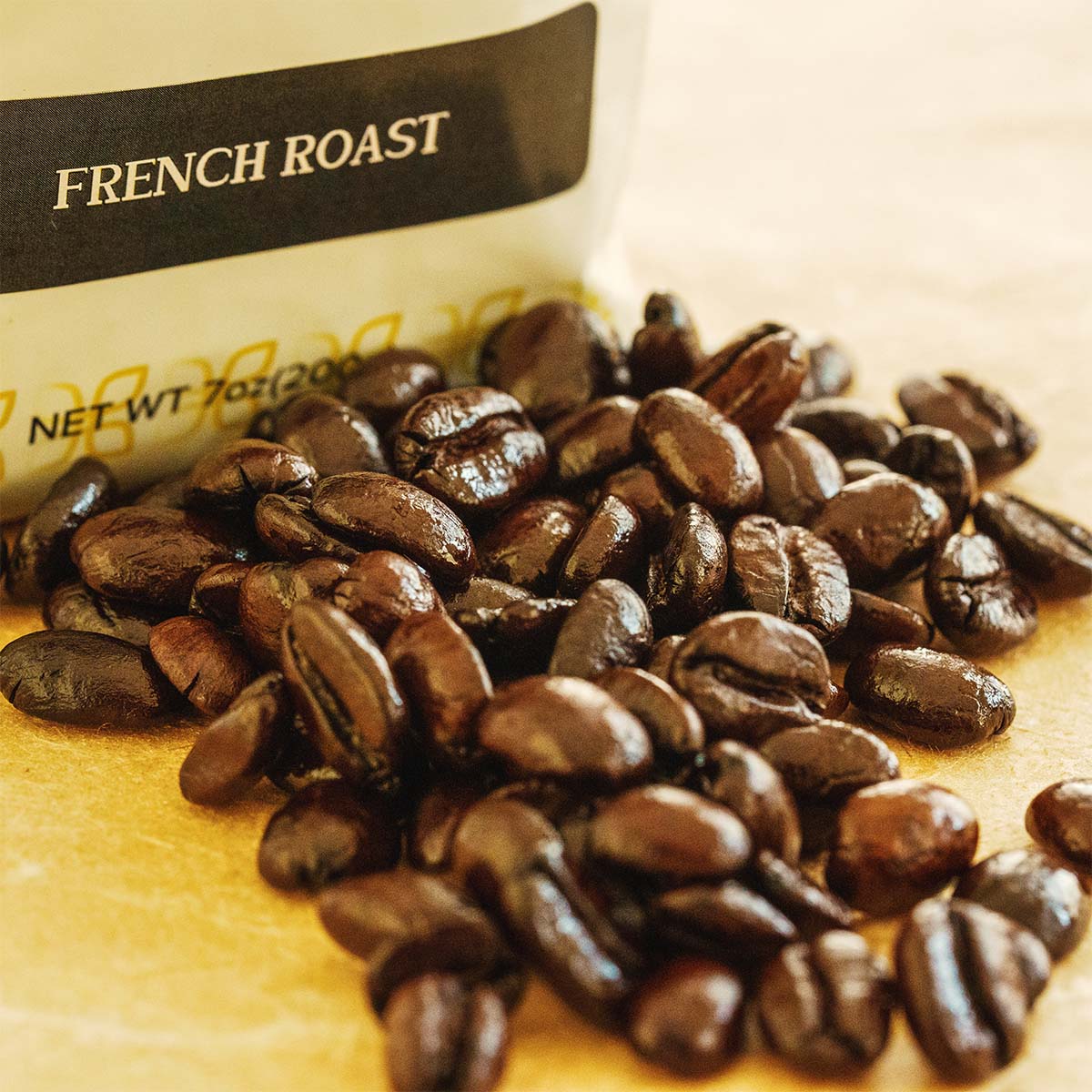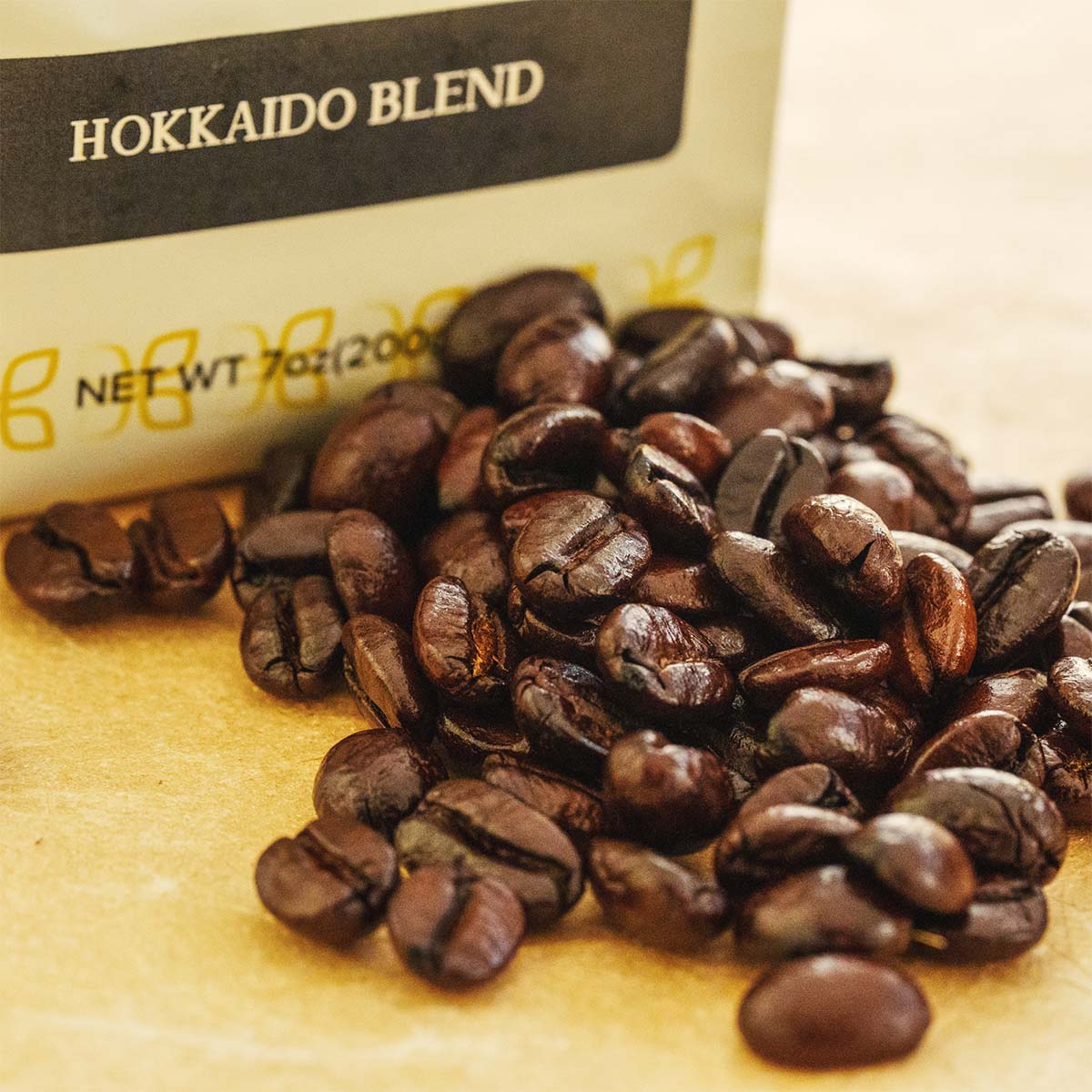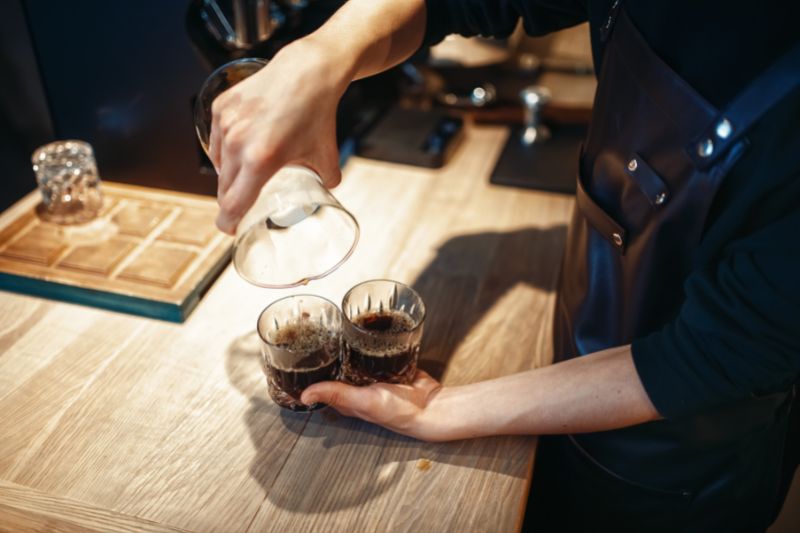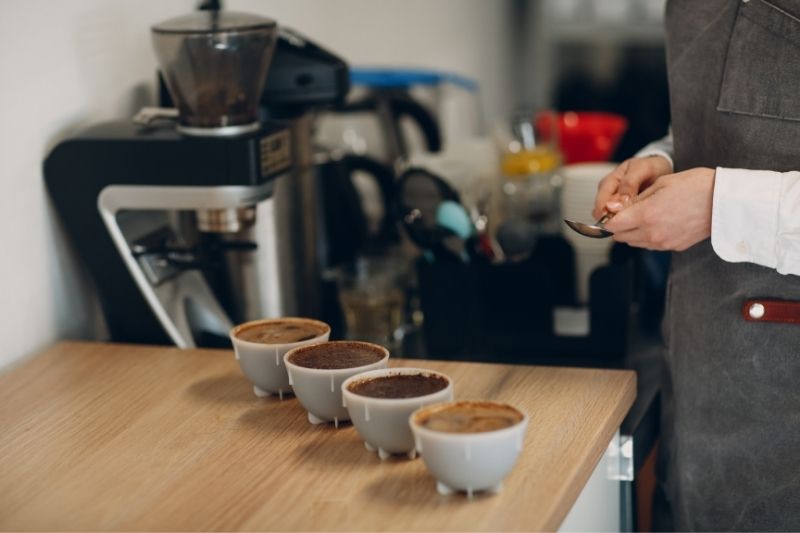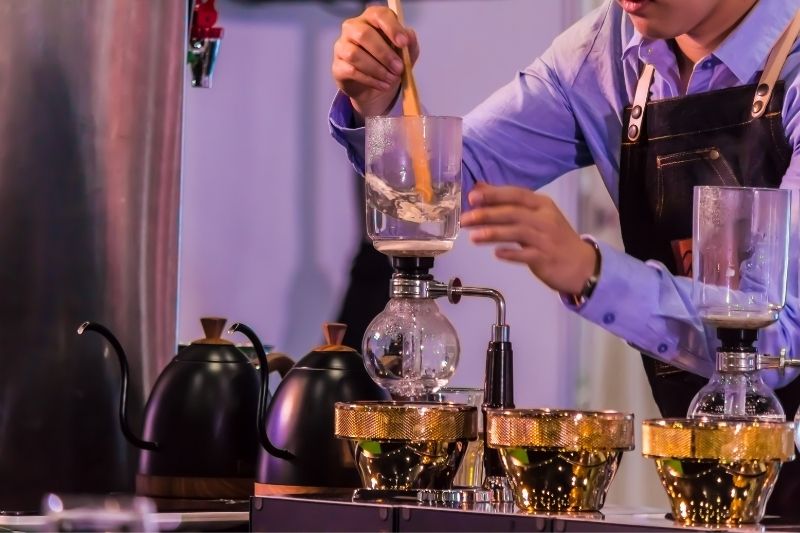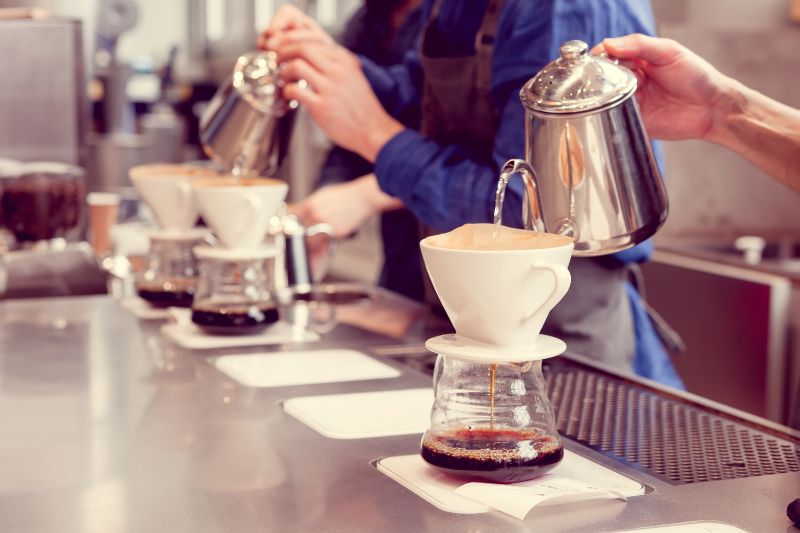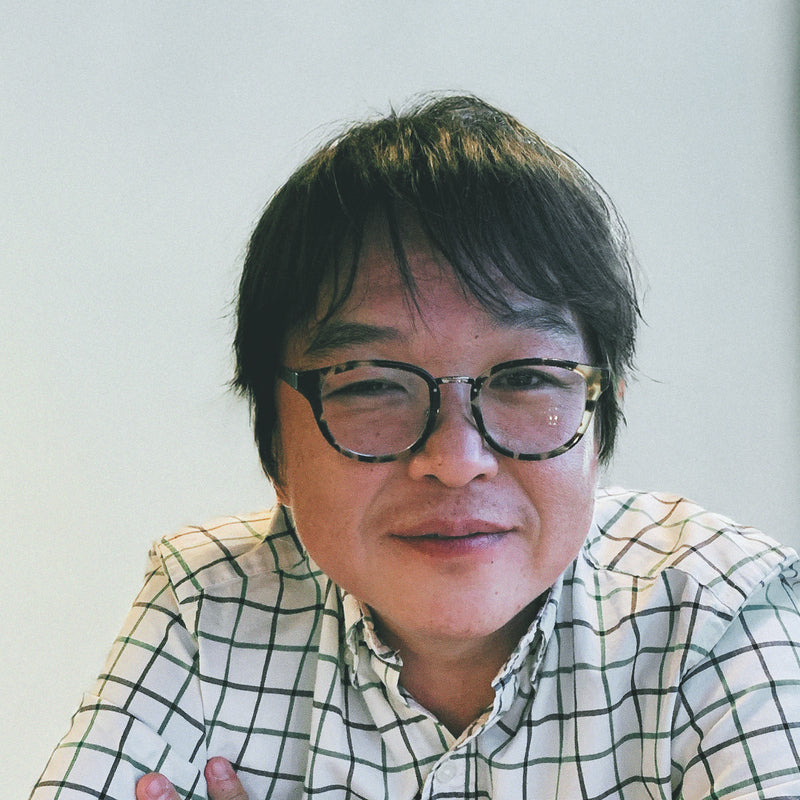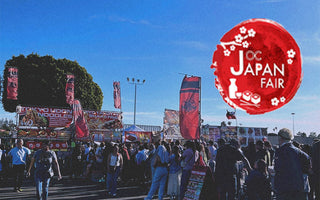For the past few centuries since coffee was first introduced, an outstanding number of techniques have been invented to push the loved beverage forward.
Everything, from unique machinery to extensive cross-breading research, has put forth an incredible effort in the service of the entire coffee world.
In this combined endeavor of thousands of coffee lovers over the years, and after exceptional sensory quality had been achieved over and over again, a certain group of the community turned its gaze to the visuals, as undoubtedly, this trait was underdeveloped in favor of taste and aroma.

This group would love to see all those combined efforts not only result in something delicious, but something eye-pleasing as well.
This group would take full advantage of the espresso machine’s capacity for steaming milk, and would go on to invent something known today as Latte Art.
In this article, we will take a closer look at one of the championships that came as an immediate result of that invention, and all that makes it special amongst other coffee-related tournaments.
Before that, however, let’s take a look at what Latte Art is and how it came to be in the first place.
Latte Art – History
The specific time and place where Latte art first originated is currently unknown. It is however believed to have developed in different countries at the same period of time (1970-1990) when milk texturing ideal for Latte art was first introduced.
By combining the “crema” -the surface of espresso- with microfoam produced by steaming milk to a silky texture, the ability to form shapes and pictures on a cup, was now possible. This came to be known as “Latte art”, latte meaning milk in Italian.
Italy is presumed to be the country of origin of it although there is no such proof to support the claim.

Latte Art started being popularized in the late 1980s, in the United States, by a former Boeing engineer named David Schomer. The iconic designs of Heart and Rosette were his creations, in his cafeteria “Espresso Vivace”, which he opened in 1988 in Seattle.
Ever since, more and more techniques have emerged, to make more complex and unique designs like the ones that made their show for the World stage. Imagine,
2019’s World Latte Art Championship was won by a design of “parrots swinging happily”.
Latte Art – What makes it so special?
In general, there are a lot of things that make Latte Art unique and Competition-worthy, compared to other coffee aesthetics.
For example, it is exceptionally difficult to make even the simplest of designs, without at least some knowledge of Coffee and Microfoam interaction, as well as a lot of practice.

At the base of Latte Art there are 3 concepts you should know. Spout proximity, Cup Rotation, and Flow Rate. These 3 make all the designs you see on cup possible with practice and understanding of liquid-on-liquid drawing. But let’s see what each of them means.
Spout Proximity has to do with how far away you keep your milk frother from your cup while you are pouring. Basically, the further you are, the harder it is to draw with accuracy.
Cup rotation doesn’t refer to left and right movements, but up and down ones, adjusting the angle in which the design will be received by the cup. The angle in which the microfoam enters on top of the espresso, defines how far the design will spread as you are pouring.
Flow rate is relevant because the more microfoam you add in your cup, the harder it becomes to pour more of it and make a design with it. As you draw, it is advised to increase the flow rate as you go, so that the deign can be accepted inside the cup.
There are many concepts related to Latte art but these 3 are the most fundamental ones. There is also Etching, which is drawing with a tool, like a toothpick or a thermometer in the cup, but it is only allowed in Designer Lattes for which we will talk about shortly.
Japan Latte Art Championship
The Japan Latte Art Championship (or JLAC for short) started in 2006 as nothing more than a simple exhibition held by SCAJ.
For those who are unfamiliar with SCAJ, it stands for Specialty Coffee Association of Japan, and I will link more information about it right here.

Now back to the JLAC!!
Ever since 2008, when Akihiro Okada -a Japanese barista- scored 3rd in the world equivalent of Japan Latte Art Championship, SCAJ started accepting Latte Art’s potential to stand as a competition on its own.
As an immediate result, 2009 was the year when Baristas from all over Japan started competing officially for the title.
The tournament abides by the World Latte Art Championship rules and regulations, with slight differences each year.
Eligible for the competition are only Baristas who have the Japanese nationality and are over 18 years old. A 2-year certificate of employment or school attendance in the field is also required.
The participants compete over a 3 non-consecutive-day period, the 2 first being the qualifying rounds. On the last day, sometimes even up to 2 months ahead, the 6 finalists clash for the first place.
Before the Competition
Only for the finals of the Japan Latte Art Championship there can be a preliminary round called the Art Bar competition if the competitors desire it.
In that round, the participants make a cup without the stress of time or being judged immediately, to allow them to comfortably push their creativity and expertise to its fullest, should it otherwise be hindered by stress.
A photograph of their creation is taken, which is meant to inspire other aspiring baristas nationwide. This photograph is evaluated for its aesthetics by a minimum of 4 judges, 3 certified by SCAJ and 1 expert of design or artistry whose familiarity with coffee is irrelevant.

About the competition
The Japan Latte Art Championship has a lot of inherent peculiarities compared to other coffee-related championships, mainly due to its unique orientation towards appearance over taste.
For example, the duration of the competition is different depending on the stage of the process (preliminary, semi-finals and finals) as the demanded quality and complexity of the designs changes significantly.
For the Preliminary round the duration is 8 minutes, and the drinks evaluated are 4 in total, 2 free-pour lattes and 2 designer lattes.
For the semi-finals and finals however, the durations are 9 and 10 minutes respectively, and 3 sets of drinks are made. And different drinks as well!!!
For the semi-finals, the participant is asked to make 2 free-pour latte sets and a set of free-pour macchiatos.
For the finals, they are asked to make 2 free- pour latte sets and a designer latte set of their own choice. Only in that one Designer cup are additional techniques such as etching valid.
It is worth noting that both milk and coffee are provided by SCAJ at their optimal state for Latte Art. The participants are also allowed to bring their own cups if desired, but only for the qualifying rounds.

There is a 100.000-yen prize for the winner, as well as the opportunity to represent Japan in the World stage. The second and third place also get a trophy and a supplementary prize, however this isn’t stable annually.
It is also interesting how in this specific tournament, a registration fee (5.500 yen for members of SCAJ and 7.700 yen for anyone else) is required to participate in the contest.
Last but not least, the scale of evaluation goes from 0 to 6, with 0 indicating unacceptable and 6 standing for extraordinary. Yes or No questions on the scoresheets exist too, and are awarded with a single point.
Evaluation criteria
Now the most peculiar of all traits of this championship, is how the evaluation works. It has to be the only kind of championship where judges don’t even taste the cup presented to them.
There are 2 Visual Judges, 1 Technical and a Head Judge making a total of 4.
The scoresheets of the finals, semi-finals and preliminary rounds are also identical in terms of criteria; however, the only difference is whether 2 drinks or 3 are evaluated.
We should also take into account the existence of multipliers (x2 and x4) for certain criteria that play the most importance as they would be viewed from any regular customer.

Visual Criteria
The visual criteria are most likely the most spectacular ones. There are several details checked that anyone outside the Latte art community wouldn’t even expect.
First of all, before the participants start their performance, they present the judges with a printed format of the picture they intend to draw on their cups, for them to reference.
The first of the elements evaluated is how close to the presented picture the design on the cup is, and whether only one or both of them can tick that box.
This comes with a x2 multiplier and ideally, none of the two are over or underfilled and both look identical to the reference image.
Next, we have the foam’s visual quality, which has to be near perfect to get a 6/6 score. This means on top of a silky, shiny, and creamy texture, no bubbles, no dry foam, and no matte white, as this would indicate the milk hasn’t been steamed properly.
Third on our list is contrast between ingredients, which also comes multiplied by 2. The judge looks at how defined and clear the lines are, if the contrast between them is proper as well as the clarity of the design.
On top of that, the blurring of the image is examined, which is also a byproduct of the line clarity. Too much blurring will ruin the entire cup.
Harmony, size and position are fourth as a criterion, with exactly that positioning being at play. The judges are looking for a picture symmetric, positioned properly and handled with the size of the cup in mind as well.

Next, the level of difficulty of the design is what is considered. Complex designs when done successfully, are rewarded much higher than safer patterns, as they indicate better mastery of the art. It also comes with a x2 multiplier, rewarding competent and courageous performers even more.
Last but not least, the overall impression, appealing or not, has a x4 multiplier, and is as expected the most important of them all.
The judges want to be impressed by the design. They are looking for someone to draw a breakthrough for them and take them by surprise. They are perfectly willing to reward someone for that rare instance, should they encounter it.
As a bonus part, the proficiency of the performance itself, the confidence, the eye contact, the explanation, the soft skills in general, come with a x4 multiplier too, although it is only one detail compared to the rest of the aspects at play.
Technical criteria
The technical criteria are much simpler in terms of evaluation. What the judge is looking for is mainly hygiene and attention to detail, to see how well the participant would do in a real-life scenario.
For starters, basic barista technical skills, such as flushing the group head, tamping consistently, and keeping a clean surface are all yes or no questions that work in the favour of the competitor.

When it comes to the milk, similar technical skills, mainly concerning cleanliness and maintaining as little waste as possible are what is important.
Last, the overall performance, the aftertaste of the barista themselves, is awarded with a x6 multiplier; the one and only x6 in all scoresheets of the championship.
Head Judge
The head judge is simply overseeing the process, evaluating the overall performance of the participant.
Their scoresheet has the same gravity as the visual judges’, but their score could be more austere due to their experience.
Conclusion
At the end of the day, Latte Art is the closest a coffee lover can go to combining art with coffee. Liquid-on-liquid drawing, complex designs, consistent performance, they all come into play to make an image that is nothing short of a miracle.
Professionals all over the world make it look simple, but God only knows how long it takes to master that one, eye-pleasing art.
It is a relatively young kind of art, only 35 years in the industry, so we can definitely expect more from it in the future.
And what place better to look at, than where champions break through and masterpieces are created?
The Japan Latte art Championship is by far one of the most spectacular tournaments to watch if you like an appealing cup, and I advise it to anyone who might get the opportunity to watch it!!
Get Free Bonus Books

Sign up for free to the Coffee Club to get advice and exclusive articles about how to choose Japanese Coffee, and tips, tricks, and recipes for enjoying Japanese coffee.
About the author
Kei Nishida
Author, CEO Dream of Japan
Certification: PMP, BS in Computer Science
Education: Western Washington University
Kei Nishida is a passionate Japanese tea and coffee connoisseur, writer, and the founder and CEO of Japanese Coffee Co. and Japanese Green Tea Co., both part of Dream of Japan.
His journey began with a mission to introduce the world to the unparalleled quality of Japanese green tea. Through Japanese Green Tea Co., he established the only company that sources premium tea grown in nutrient-rich sugarcane soil—an innovation that led to multiple Global Tea Champion awards.
Building on this success and his passion for Japanese craftsmanship, Kei expanded into the world of coffee, pioneering the launch of Japanese Coffee Co., the first company to bring Sumiyaki charcoal-roasted coffee to a global audience. His dedication to authenticity and quality ensures that this traditional Japanese roasting method, once a well-kept secret, is now enjoyed worldwide.
Beyond tea and coffee, Kei has also introduced Japan’s legendary craftsmanship to the world through Japanese Knife Co., making handmade katana-style knives—crafted by a renowned katana maker—available outside Japan for the first time.
Kei’s journey continues as he seeks out and shares the hidden treasures of Japan, one cup and one blade at a time.
Learn more about Kei

